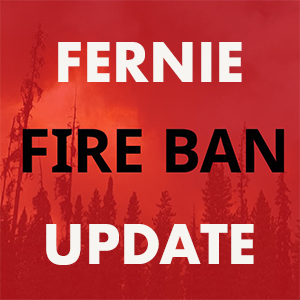Twenty Nepali climbers are setting off to Mount Everest this week to try and remove decades-old garbage from the mountain in the world’s highest ever clean-up campaign, organizers said Monday.
Many foreign and Nepali climbers have cleaned Mount Everest in the past but Namgyal Sherpa, leader of the Extreme Everest Expedition 2010, said no one had dared to clean above 8,000 meters (26,246 feet), an area known as the “death zone” for the lack of oxygen and treacherous terrain.
Sherpa and his team of seasoned climbers, carrying empty rucksacks and special bags, will risk the zone’s thin air and freezing temperatures to pick empty oxygen bottles, gas canisters, torn tents, ropes, and utensils lying between the South Col and the 8,850 meter (29,035 feet) summit.
“This is the first time we are cleaning at that height, the death zone. It is very difficult and dangerous,” said Sherpa, who has climbed Everest, the world’s tallest peak, seven times.
“The garbage was buried under snow in the past. But now it has come out on the surface because of the melting of snow due to global warming,” the 30-year-old said. “The rubbish is creating problems for climbers … Some items of garbage are from Hillary’s time.” The mountain has become known as being the world’s highest garbage dump. Many climbers leave their gear and trash behind as they descend due to exhaustion and lack of oxygen.
New Zealander Sir Edmund Hillary and Nepal’s Tenzing Norgay Sherpa were the first to ascend to Mount Everest’s summit in 1953. That feat opened Nepal as a popular tourist destination. More than 4,000 climbers have since scaled the mountain and tourism, including climbing, is a key source of income for Nepal, among the world’s poorest countries. Sherpa’s team hopes to bring down at least 2,000 kg of garbage and the corpse of a climber killed two years ago.
“I have seen three corpses lying there for years,” Sherpa said. “We’ll bring down the body of a Swiss climber who died in the mountain in 2008 and cremate it below the base camp for which we have got the family’s consent.”
(Editing by Paul de Bendern and Raju Gopalakrishnan)
© Thomson Reuters 2010 All rights reserved

























